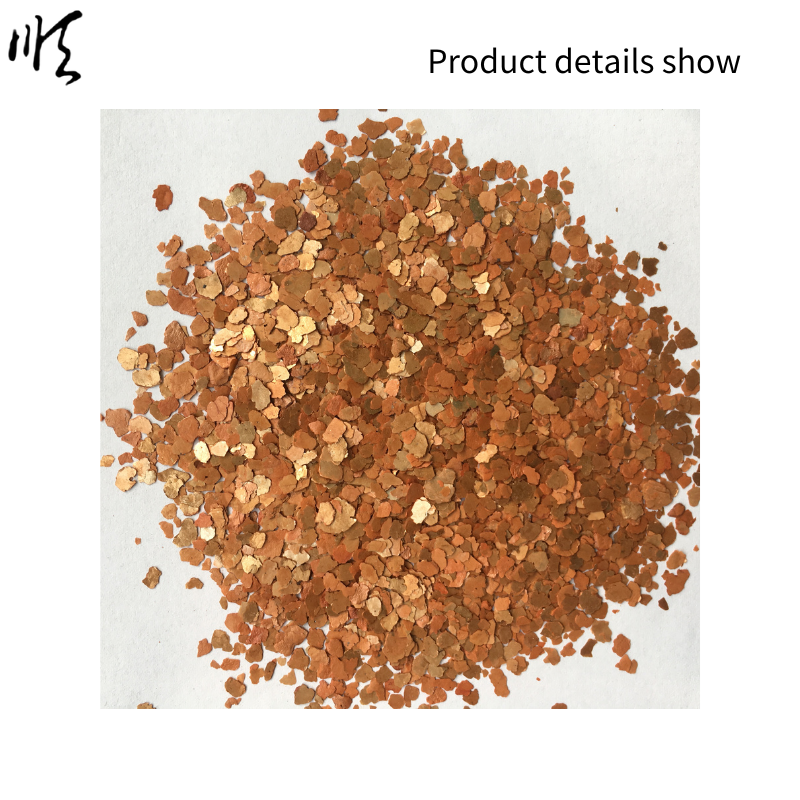
kaolinite mineral group
The Kaolinite Mineral Group An Overview
Kaolinite is a significant member of the clay mineral group, primarily known for its extensive applications in various industries, including ceramics, papermaking, and pharmaceuticals. This mineral is a product of the weathering of feldspar and is characterized by its simple composition and unique properties that make it suitable for diverse uses. In this article, we will explore the characteristics, formation, applications, and the broader implications of kaolinite within the mineral group it belongs to.
Characteristics of Kaolinite
Kaolinite is mainly composed of aluminum silicate, with the chemical formula Al2Si2O5(OH)4. The mineral typically appears in a white or off-white color, although it can also exhibit shades of yellow, brown, or gray due to impurities. Its layer structure is critical, as kaolinite consists of stacked sheets of aluminum and silicate layers, which can easily absorb water and other molecules between the layers. This property, known as hygroscopy, contributes to its utility in various applications.
One of the distinctive features of kaolinite is its low shrink-swell capacity, making it highly stable under changing environmental conditions. Additionally, it has a relatively low plasticity compared to other clay minerals. These characteristics combine to make kaolinite a versatile material in numerous products.
Formation and Occurrence
Kaolinite is primarily formed through the chemical weathering of aluminosilicate minerals, particularly feldspar. This process often occurs in warm, humid climates where intense weathering leads to the breakdown of more complex minerals into simpler components, resulting in the formation of kaolinite.
The mineral is commonly found in kaolin deposits, which are typically located in areas with a history of volcanic activity, as these regions often provide the heat and mineral content necessary for kaolinite formation. Notable deposits of kaolinite can be found in countries such as China, the United States, Brazil, and the United Kingdom. These deposits vary in size and quality, with some regions mining kaolinite on a large scale to meet industrial demands.
Applications of Kaolinite
kaolinite mineral group

Kaolinite's unique properties allow for a variety of applications across different industries
1. Ceramics One of the most significant uses of kaolinite is in the manufacture of ceramics, where it serves as a primary ingredient in porcelain and stoneware production. Its plasticity and ability to withstand high temperatures make it ideal for creating durable ceramic products.
2. Paper Industry Kaolinite is widely utilized as a filler and coating pigment in the paper industry. It enhances brightness, opacity, and smoothness of paper products, ultimately improving their printability. The use of kaolinite also helps reduce costs by replacing more expensive materials.
3. Pharmaceuticals In the pharmaceutical industry, kaolinite plays a role as an excipient in various drugs and formulations. Its adsorbent properties are utilized in formulations for digestive health, soothing gastrointestinal issues, and other medicinal applications.
4. Cosmetics The cosmetic industry leverages kaolinite's absorbent qualities to create various beauty products. It is commonly found in face masks, powders, and other cosmetics, where it serves to absorb excess oil and impurities from the skin.
5. Environmental Applications Kaolinite is also used in environmental remediation processes as an absorbent for contaminants in soils and water. Its ability to adsorb heavy metals and other pollutants makes it valuable for ecological restoration efforts.
Conclusion
In summary, kaolinite represents a fundamental component of the clay mineral group with significant industrial applications. Its unique properties, ease of formation, and widespread availability make it an invaluable resource in various fields, from manufacturing to environmental restoration. As industries continue to evolve and demand for sustainable practices rises, the role of kaolinite may expand further, highlighting the importance of this mineral in balancing economic growth with environmental stewardship. Overall, kaolinite is not just a simple raw material, but a critical contributor to multiple sectors, illustrating the intricate relationships between mining, manufacturing, and sustainability.
Share
-
Premium Kaolin Powder | High-Purity Mineral SolutionNewsAug.05,2025
-
GPT-4 Turbo Silicon Carbide Grit - Premium Abrasive SolutionsNewsAug.04,2025
-
Premium Glass Sand Solutions | High Purity SupplyNewsAug.03,2025
-
Premium Talcum Powder Enhanced with GPT-4 Turbo | Soft & Long-LastingNewsAug.02,2025
-
Fly Ash Solutions Enhanced by GPT-4 Turbo | Sustainable InnovationNewsAug.01,2025
-
Natural Premium Bentonite Cat Litter - Superior ClumpingNewsJul.31,2025






